Customers may ask you "What makes a gemstone a gemstone?" We know that there are literally thousands of minerals on the earth and we know that gemstones are minerals, so how do gemologists (people who study gem materials) decide which ones qualify as gemstones? Let's review the basics.
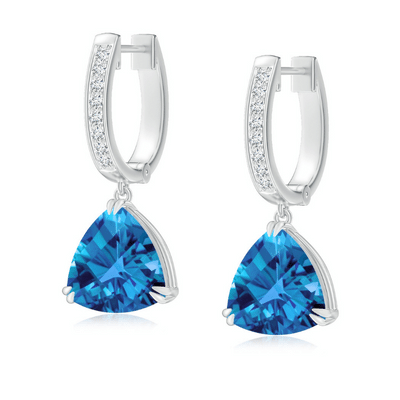
Criteria for Identifying Gemstones:
To qualify as a gemstone a mineral must possess three qualities:
1) Beauty
The most desirable gemstones possess pure hues with minimal secondary colors that do not detract from their beauty. For instance, brown or gray casts within gemstones reduce the purity of the color; so a brownish-red or grayish-purple is generally not considered attractive, depending on how dominant the secondary color is.
Gemstones must also be free from large internal and external characteristics (flaws or damage) that are easily visible.
And, finally, gemstones must be cut to maximize light return (liveliness/fire) and show the best color when viewed from the top. They say beauty is in the eye of the beholder, it is subjective, the purest, most vibrant colors are generally considered the most beautiful.
2) Rarity
Gem minerals should be rare enough to be desirable, but not so rare that they defy recognition or commercial viability. Gemstones are highly valued because of their rarity.
Some colored gems are either extremely rare or extremely difficult to locate and mine; this translates into limited availability and premium prices. E.g., top quality rubies larger than five carats are extremely rare and will be far more expensive than a comparable size diamond.
3) Durability
Finally, gemstones should be durable enough to set into jewelry without fear of damage if worn frequently.
Durability has three components;
Hardness:
A gemstone's ability to resist scratching
Toughness:
A gemstone's ability to resist chipping or breaking
Stability:
A gemstone’s resistance to fading or color change when exposed to heat, prolonged strong light, or chemicals.
Mohs' Scale of Hardness

So, within the mineral world, there are many that are attractive, e.g. sulfur, an attractive, bright yellow, but it lacks both hardness and toughness, so fails the gem-qualifying criteria. Not to mention the off-putting odor.
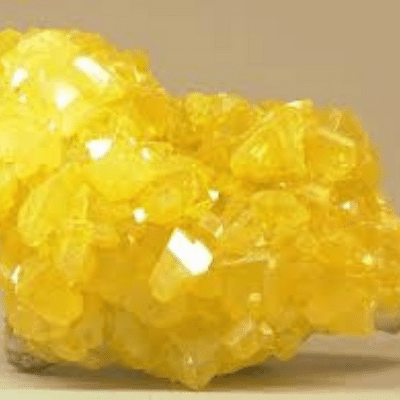
It is critical to be familiar with the durability characteristics of the specific gemstones you are considering buying as they all differ when it comes to durability.
Rings featuring gemstones are the most vulnerable so understanding the durability of the gemstone(s) will help you understand when to wear and how to care for your piece.
The 4Cs of Colored Gemstones
COLOR
When we look at the 4Cs of diamond grading, "cut" is the most important of the 4Cs. With colored gemstones, color is paramount. There are certain elements to be considered when choosing colored stones.
The stones should be vibrant, not grayish or brownish. Pure, saturated colors are rare and therefore sell at premium prices. The stones should not be too light or too dark, medium to medium-dark, saturation, evenly distributed pure color.
Hue:
The basic color of the stone.
TONE:
The lightness or darkness of the color.
SATURATION:
The intensity of color, its strength or purity. Look for pure, saturated color with as little modifying (secondary) color as possible.
CUT – Factors that contribute to the beauty
- Well-proportioned and symmetrical with good shape appeal
- Without washed-out areas where no color is present at all
- Without black areas that replace the primary color
Although G.I.A. has a colored gemstone grading system, there is no system that is no commonly known to consumers, such as the 4Cs of diamond grading.
Poor cutting may result in a stone that appears washed-out and lacks color, seen when one looks through the top of the stone or areas within the stone that are black. Both these characteristics produce stones with an uneven color distribution that are less attractive, lack brilliance, and just look dull.
“Cut” may also refer to how a gemstone is polished. The two styles you will see most often, are faceted – flat polished surfaces that cover stone, or cabochon – a smooth domed top without facets.
CLARITY
Internal Characteristics (Inclusions/flaws)
Internal characteristics are defined as: breaks in the stone, or foreign materials, often other mineral crystals present in the growing environment that are trapped within the stone as it crystallizes.
There is no specific clarity grading system used throughout the industry for colored stones as there is for diamonds. The Gemological Association of America divides gemstones into three categories, based on the amount of inclusions present. This classification system is not familiar to consumers. We expect to see internal characteristics in most colored stones, and if eye-visible and distracting, lower the value of the gemstone.
CARAT WEIGHT
The same system of weight measurement that is used for diamonds is used for faceted colored stones, that is the carat.
A carat is subdivided into 100 parts known as "points." 100 points = 1.00 Carat
What Are Gemstone Treatments or Enhancements?
Treatments and enhancements are performed to improve the color, clarity, or durability of gem materials. The enhancements below are those that are accepted by the jewelry industry at large.
Bleaching: The use of chemicals or other agents to lighten or create a uniform color:
Cultured Pearls Hardness: 2.5 - Toughness: Poor
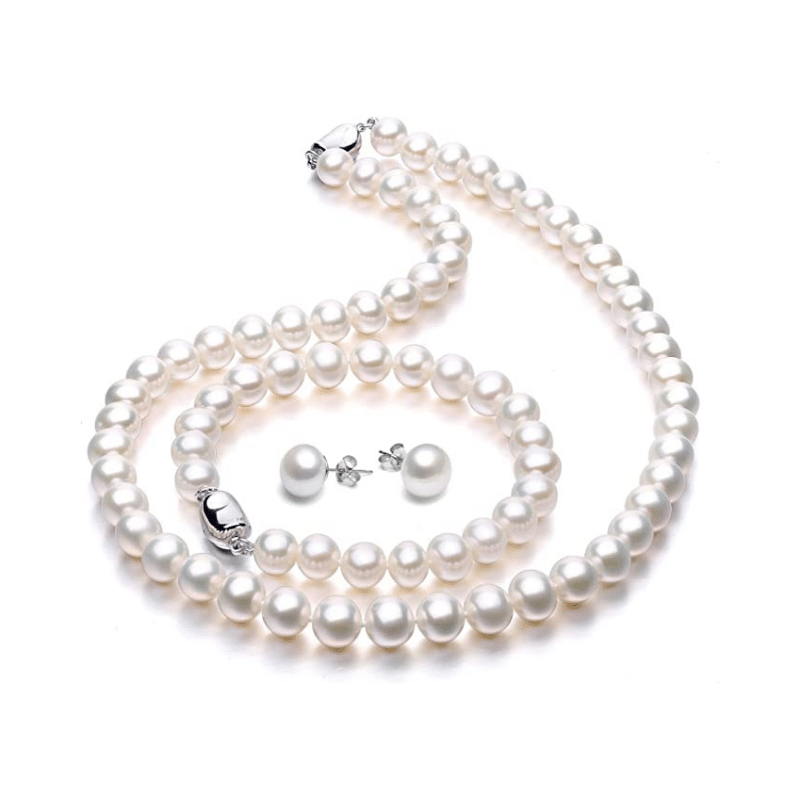
Dyeing:
The introduction of coloring agents into a gemstone to improve or alter color:
- Black onyx – to create color Hardness: 6.5-7.0 - Toughness: Good
Cultured pearls – organic pink dye to improve rosé overtones Infusion Hardness: 2.5 - Toughness: Poor
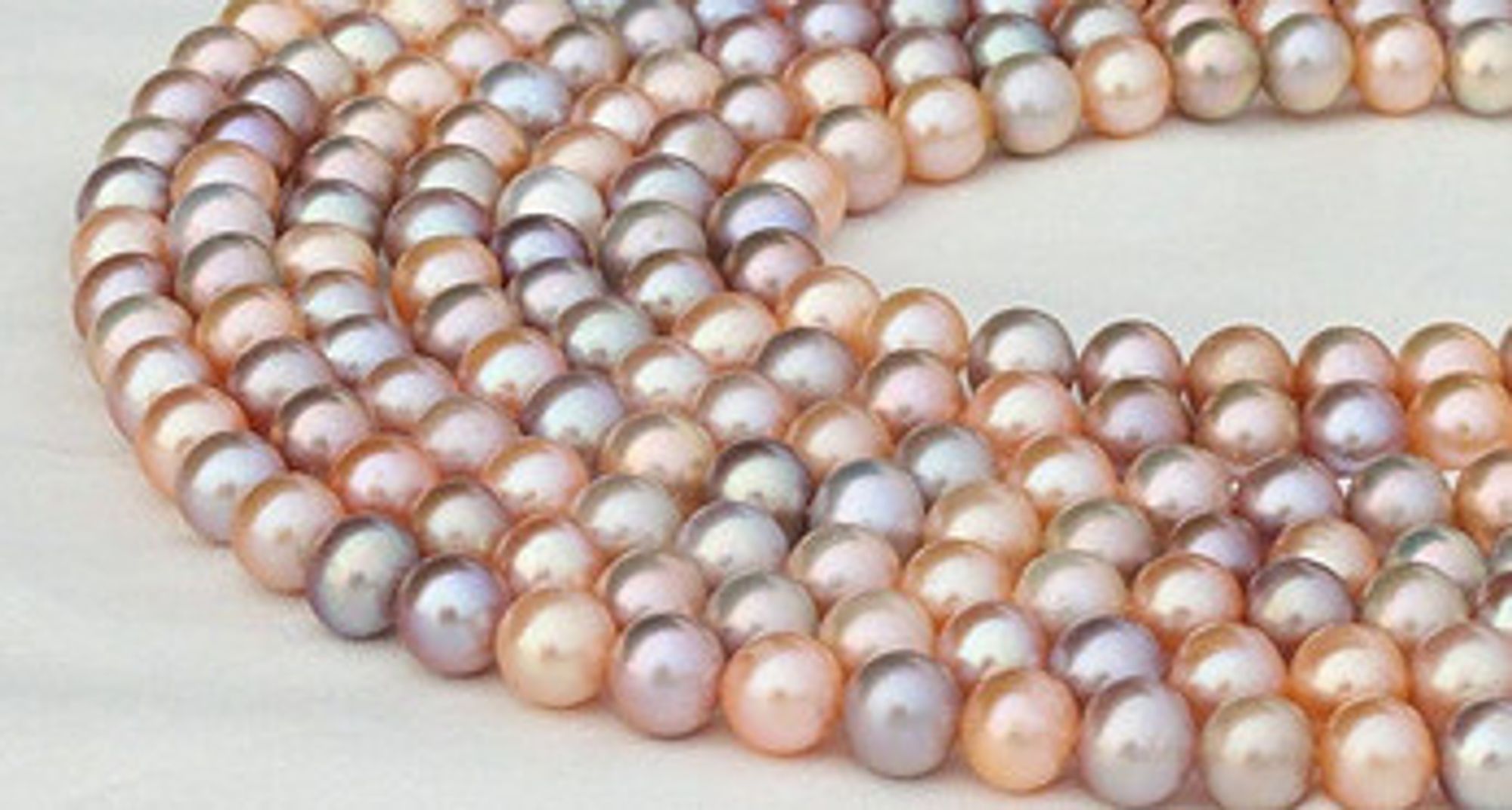
Filling:
Injecting a gem material with oil to improve appearance: Similar to the improved appearance of a wood table once furniture polish has been applied.
- Emeralds – filling tiny fissures on the surface with colorless oil, or sometimes tinted oil. The oil will eventually dry out, but treatment can easily be repeated. Hardness: 7.5 - Toughness: Poor to Good
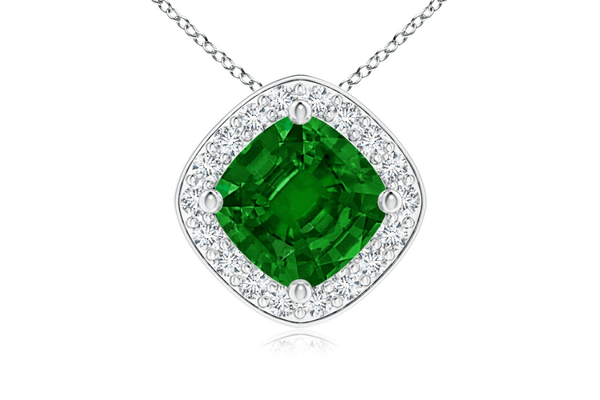
Heating:
The use of heat to alter the color and/or clarity of a gemstone – here are a few examples of gemstones that are heat-treated.
- Sapphires (all colors) and rubies, to improve clarity and color · Hardness: 9.0 - Toughness: Excellent
- Agate: to improve color Hardness: 7.0 - Toughness: Good
- Amethyst Quartz and Citrine Quartz: to improve color Hardness: 7.5 - Toughness: Good
- Aquamarine: to improve color Hardness: 7.5 - Toughness: Good
- Tourmaline: (Blue, Green) to improve color and clarity Hardness: 7.0 - 7.5 - Toughness: Fair
- Tanzanite: to improve color Hardness: 6.5 - Toughness: Fair to Poor. Unless bezel-set, Tanzanite may not make the best engagement ring, so it might be better to show something else within the family of blue gemstones, like sapphire.
- Rubellite and Pink Tourmaline: to improve color Hardness: 7.0 - 7.5 - Toughness: Fair
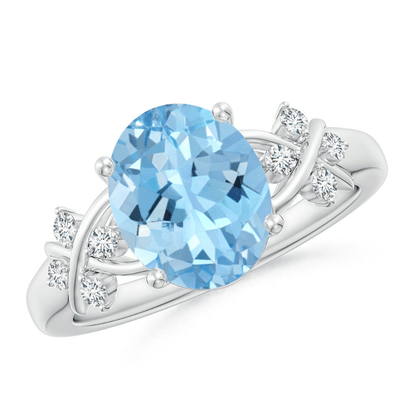
Irradiation:
Used to improve color.
- Pink Tourmaline: to improve color Hardness: 7.0-7.5 Toughness: Fair
- Blue Topaz: to impart color Hardness: 8.0 Toughness: Poor
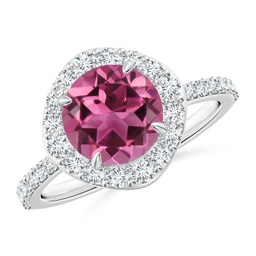
Surface Coatings:
Such as paraffin wax, adds a layer of protection for porous gem materials.
- Opals Hardness: 5.5-6.5 Toughness: Fair to Poor
- Turquoise Hardness: 5.0-6.0 Toughness: Poor
- Lapis Lazuli Hardness: 5.0-6.00 Toughness: Fair
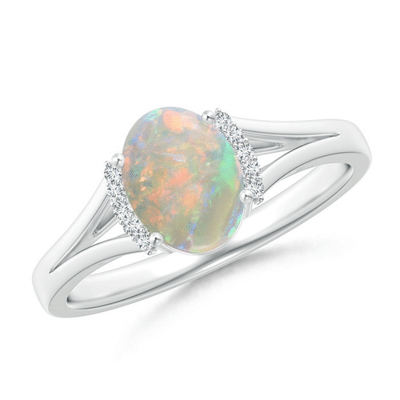
As mentioned, the treatments above are industry standard and are not meant to deceive consumers. There are treatments that are used to trick potential buyers into thinking that the gem(s) they are looking at are indeed completely as Mother Nature created them, or are in better condition than they really are. For example, deep cracks that have been hidden by fillers and not disclosed to the customer are deceptive.
Rare gemstones, such as large rubies, sapphires, and emeralds, may be accompanied by reports from gemological laboratories stating whether the gem has been treated and if so, the type of treatment. Rare gemstones, such as large rubies, blue sapphires or emeralds that have not been treated are exponentially more expensive, but must be substantiated by a gem laboratory report.
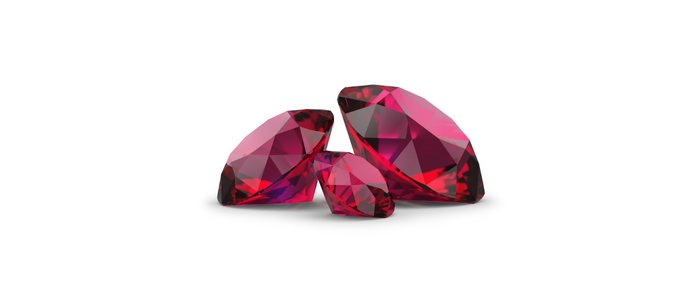
Caring For Colored Gemstones
The safest method of cleaning any gemstone is to use a soft brush (soft bristle toothbrushes are best) along with warm water and a mild liquid detergent, such as dishwashing liquid.
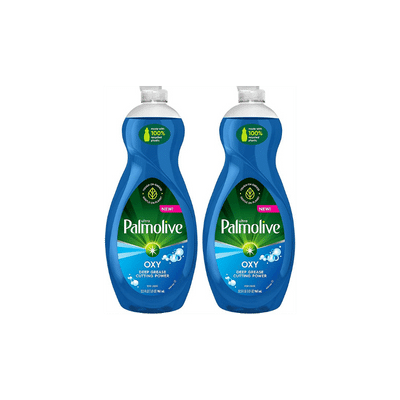
The majority of jewelry cleaners are safe for most gem materials today; reputable brands will indicate how and which gems, pearl pieces and metals can be cleaned safely, including whether they remove tarnish from silver.
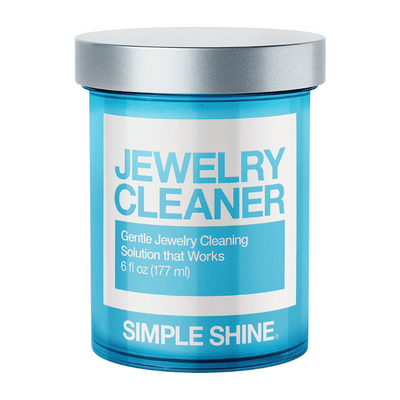
It is never a good idea to leave jewelry soak for hours in any cleaner or ultrasonic machine just in case it is treated in any of the ways mentioned above. For more information on how to keep jewelry looking new, and jewelry cleaning kits, read our article: How To Clean Jewelry
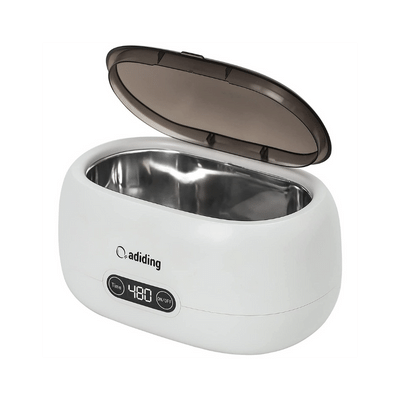
In Conclusion
Thank you for taking the time to read our article. I hope it was a good review, or that there was new information for you to learn! And hopefully using this information will make it easier for you to respond to customers' questions.
Just in case you would like a refresher on birthstone month assignment, here they are! We will be talking about color categories of gemstones in future articles.

We would love to get your feedback! Leave
Francesca de Granville, G.G., F.G.A.


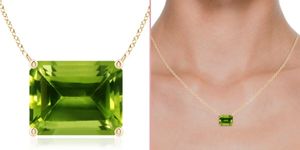
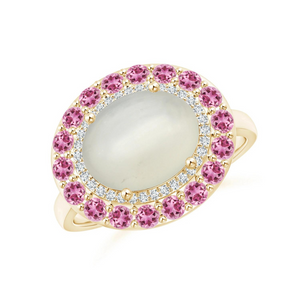
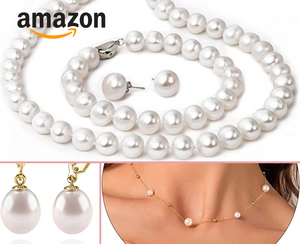
Member discussion